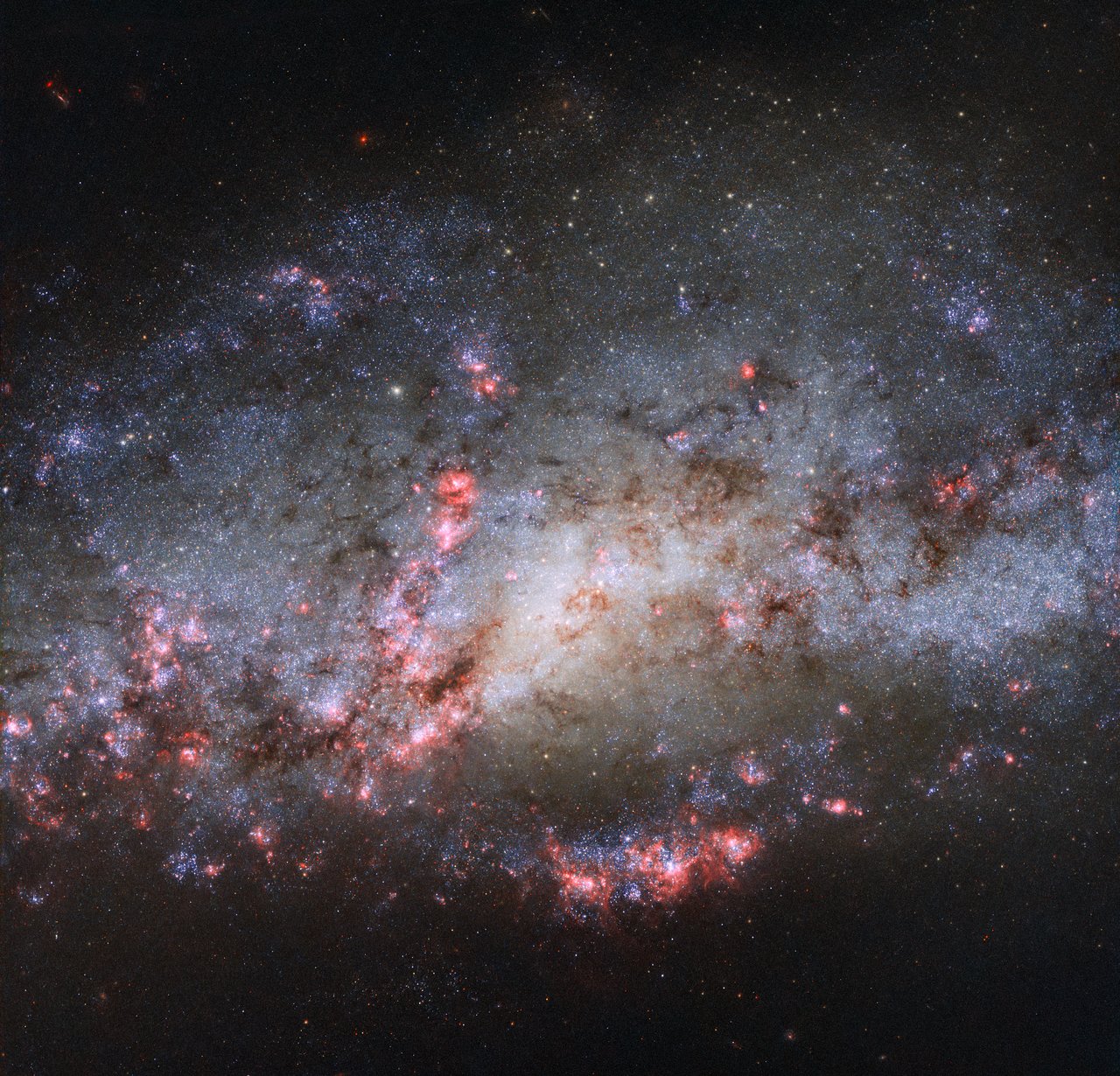
Many of us dream of retiring and devoting ourselves to a beloved hobby. But Allen Lawrence, a 77-year-old retired electrical engineer, has taken his astronomy hobby to a new level by discovering a very rare double nucleus in a distant galaxy. Lawrence, who studied for a master’s degree after retiring from his first career, is now the first author of a paper describing this unusual finding.
The galaxy NGC 4490 in the constellation of Canes Venatici is one of a pair of galaxies, and is nicknamed the Cocoon Galaxy. At around one-fifth the size of the Milky Way, it is located about 30 million light-years from Earth.
When astronomers have looked at the Cocoon Galaxy in the past, they have generally seen a single nucleus. However, it seems that astronomers using optical telescopes actually saw one nucleus, while those using infrared telescopes saw another. Lawrence identified that there were, in fact, two nuclei in this particular galaxy, a finding which has since been confirmed by astronomers at Iowa State University.
“I saw the double nucleus in NGC 4490 about seven years ago,” Lawrence explained in a statement. “It had never been observed — or nobody had ever done anything with it before. Some astronomers may have seen one nucleus with their optical telescopes. And others may have seen the other with their radio telescopes. But the two groups never compared notes to observe and describe the double nucleus.”
The two nuclei identified are similar in mass and luminosity to each other, explaining why astronomers using different wavelength instruments thought they were looking at the same thing, and they are also similar to other pairs of galactic nuclei which have previously been identified.
The double nucleus may also be responsible for a notable feature of the galaxy — the huge plume of hydrogen which surrounds it. Astronomers think that the two nuclei came from two different galaxies colliding long ago, in a merger which also created the hydrogen plume and drove up the rate of star formation.
The study has been accepted for publication in the Astrophysical Journal and is available to view on prepublication archive arXiv.org.



